EDITORIAL
Published on 18 Dec 2023
Editorial: Community series - reducing the burden of age-related disease in relation to osteoporosis, sarcopenia and osteosarcopenia, volume II
doi 10.3389/fmed.2023.1344694
- 1,215 views
9,191
Total downloads
27k
Total views and downloads
EDITORIAL
Published on 18 Dec 2023
ORIGINAL RESEARCH
Published on 29 Sep 2023
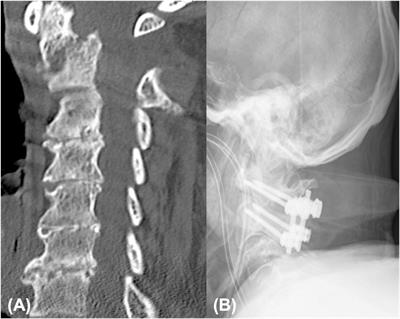
ORIGINAL RESEARCH
Published on 14 Aug 2023
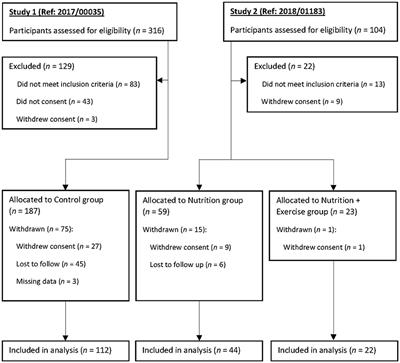
ORIGINAL RESEARCH
Published on 07 Aug 2023
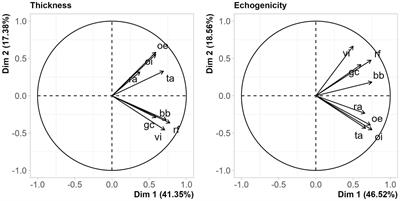
ORIGINAL RESEARCH
Published on 23 Jun 2023
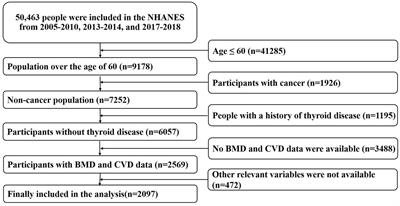
ORIGINAL RESEARCH
Published on 15 Jun 2023
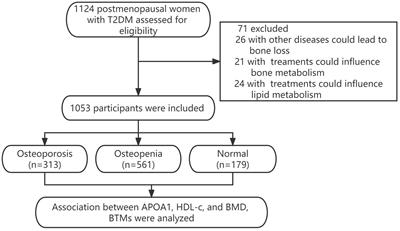
SYSTEMATIC REVIEW
Published on 09 Mar 2023
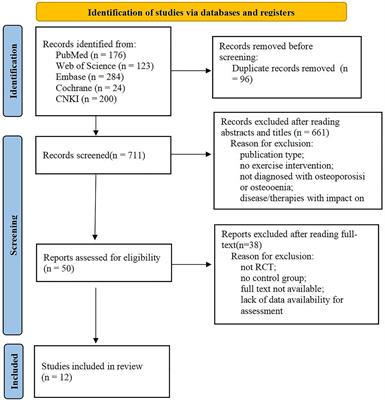
ORIGINAL RESEARCH
Published on 16 Feb 2023

ORIGINAL RESEARCH
Published on 02 Feb 2023
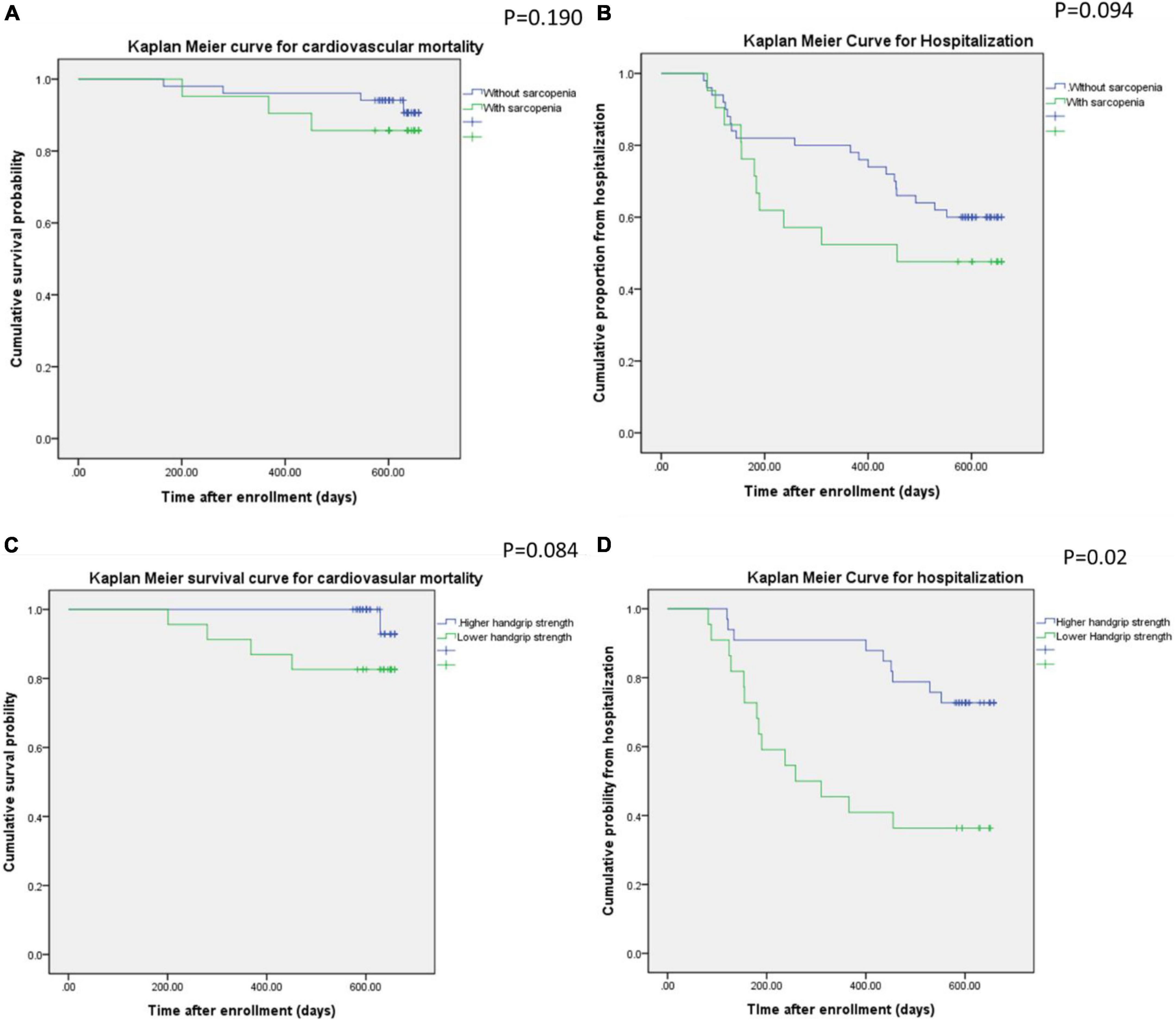
ORIGINAL RESEARCH
Published on 20 Oct 2022
